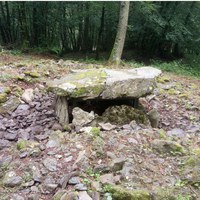8.- Pagobedeinkatua
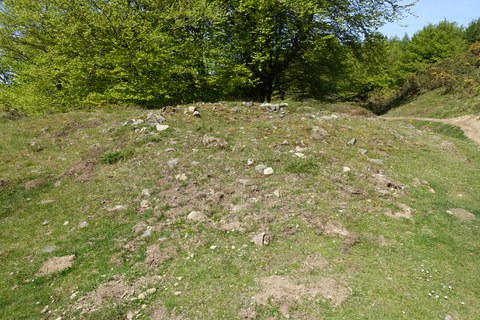
A circular tumulus, which shows a large hole in the middle most likely caused by looting. No chamber has been located.
Measurements
The tumulus has a diameter of 8.5 meters and a height of 0.80 meters. The hole is 0.5 m. deep.
Research
It was discovered by J.M. Barandiaran in 1920, and excavated a year later by T. Aranzadi, E. Eguren and J.M. Barandiaran. Since then, no further research has been carried out. The study of the structure and some materials has been published in several research papers: Aranzadi, Barandiaran and Eguren (1922), J. M. Barandiaran (1953), J. Elósegui (1953), Archaeological Maps of Gipuzkoa (1982, 1990), J. M. Apellániz (1973).
Findings
A flint chip was recovered during the excavation. During research done in 2017, another fragment of flint was found by the tumulus.
- Type
- Tumulua
- Date
- Neolithic-Bronze Age (4,000-1,500 B.C.)
- Town
- Soraluze
- Location
The hill of Pagobedeinkatu, between Atxolin and Kurutzebakar.
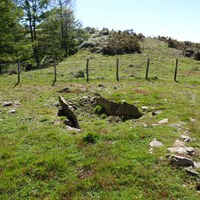
1.- Gizaburuaga
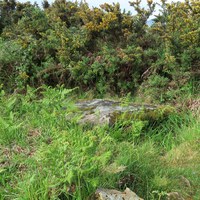
2.- Idoia (Iruia)
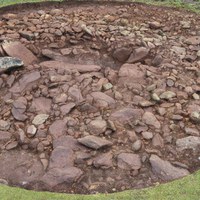
3.- Sabua
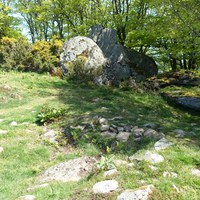
4.- Atxolin
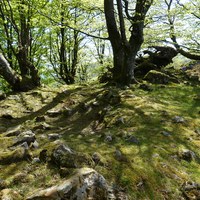
5.- Atxolintxiki I
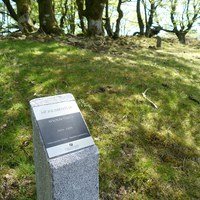
6.- Atxolintxiki II
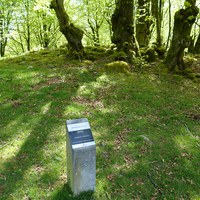
7.- Azkoin
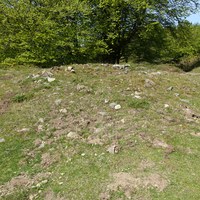
8.- Pagobedeinkatua
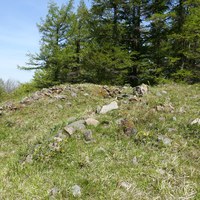
9.- Nasikogoena
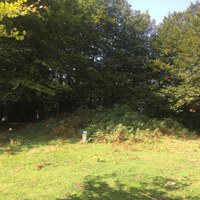
10.- Kurutzebakar
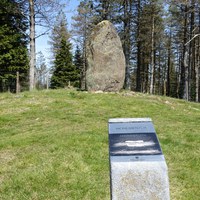
11.- Arribiribilleta
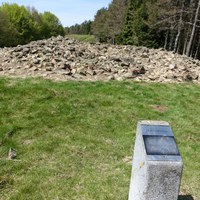
12.- Irukurutzeta
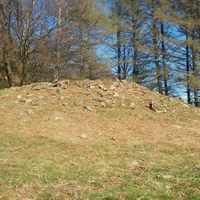
13.- Aizpuruko zabala
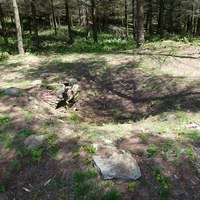
14.- Kerexeta
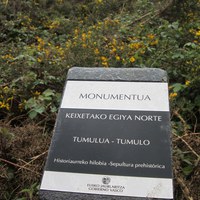
15.- Kerexetaegia Iparrekoa
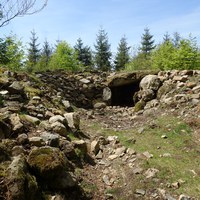
16.- Kerexetaegia Hegokoa
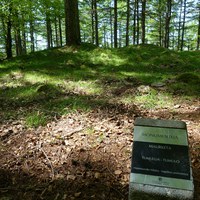
17.- Maurketa
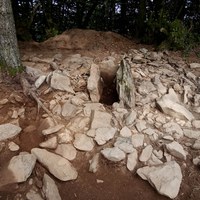
18.- Frantsesbasoa
